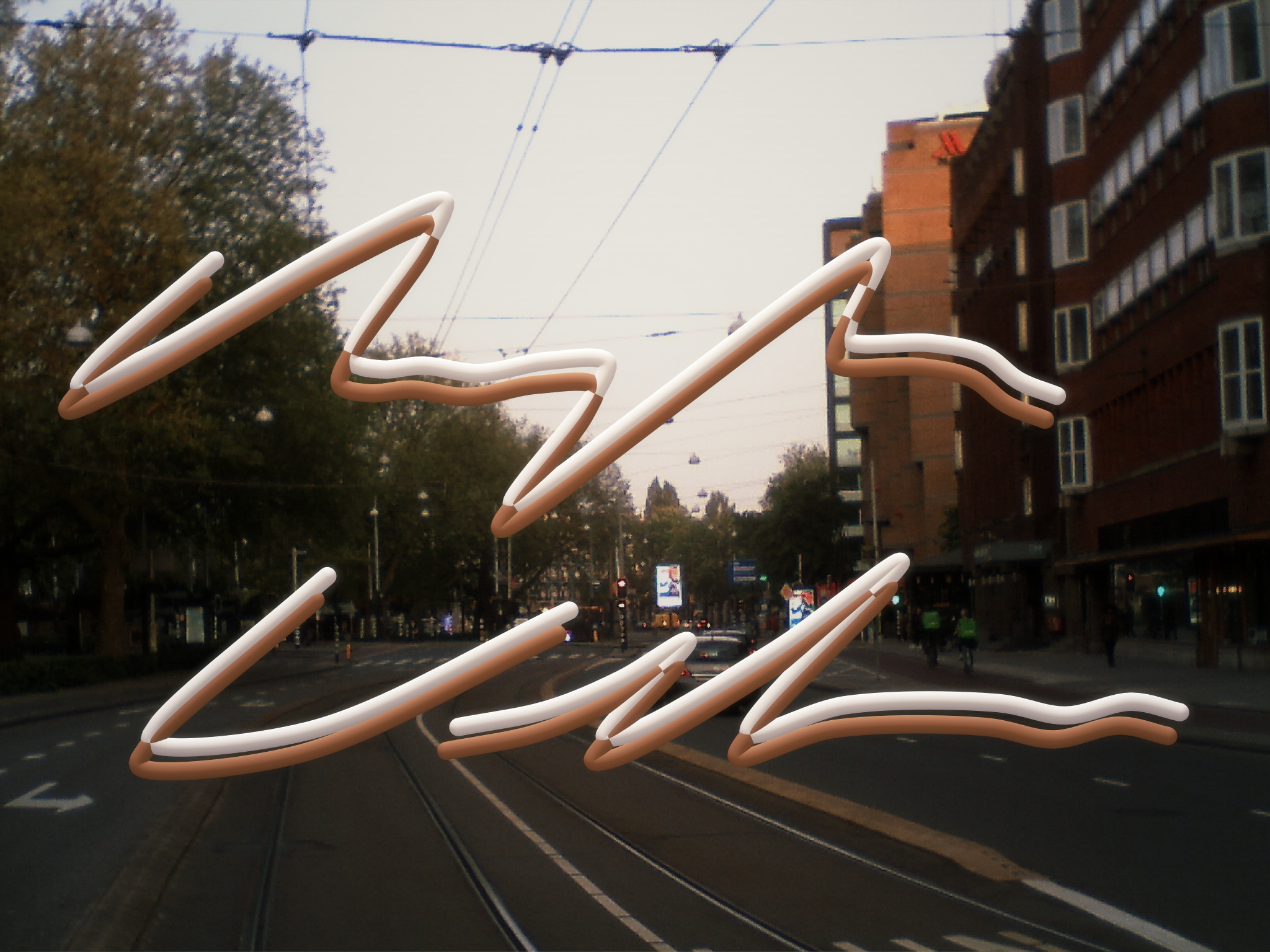Brain Gain 12 - Tamed Nature or Reconnection
- Specialized Generalist

- Nov 13
- 2 min read
Amsterdam’s Tree Map and Urban Environmentalism Urban green spaces are vital for enhancing the quality of life in cities by providing environmental, social, and health benefits. The City of Amsterdam's ‘Bomen- in beheer van Gemeente Amsterdam’ website (https://maps.amsterdam.nl/bomen/) is an interactive map detailing the city's managed trees, offering data on over 260,000 trees, including their species and age, with precise GPS locations (Fig. 1). This digital resource is essential for urban planners, environmental activists, and citizens interested in preserving urban biodiversity.
However, the Amsterdam tree map also illustrates a paradox: while it signifies an artificial and controlled approach to nature, possibly criticized by Williams (1980) for reinforcing the nature/culture divide, it also holds the potential to reconnect urban residents with that ‘nature’. By providing detailed and accessible information, it also has the potential to foster a closer connection between city residents and their natural environment, resonating with Gutierrez’s (2019) concept of geoactivism. How can such digital tools both exemplify human dominance over nature and foster environmental consciousness and engagement among Amsterdam's residents? Especially since maps have the dual power of depicting utopias and of (re)enforcing specific viewpoints and methods of knowing (Gutierrez 2019).

Ideas of Nature (Williams 1980):
Raymond Williams discusses the nature/culture divide, arguing that our conceptual separation of humans from nature allows for greater control and manipulation of the environment. He suggests that “ideas of nature … are the projected ideas of men” (Williams 1980), indicating that how we imagine our relationship with nature influences our treatment of it. The Amsterdam tree map exemplifies this divide by presenting nature as a resource under human control, managed systematically by urban planning. Williams argues that this artificial separation leads to environmental exploitation and degradation.
Maputopias: Cartographies of Communication, Coordination, and Action (Gutierrez 2019):
Miren Gutierrez introduces the concept of geoactivism, where interactive maps serve as tools for
communication and mobilization in environmental activism. Geoactivism “employs interactive
cartography to communicate and trigger action” (Gutierrez 2019), and such maps can promote
participation and foster a closer connection between people and their environment. The Amsterdam tree
map has the potential to enhance public engagement by providing accessible information on urban
forestry, allowing residents to appreciate and advocate for environmental rights like green spaces.
Amsterdam’s Green Dilemma
This news feature explores Amsterdam’s Hoofdgroenstructuur — the city’s main green infrastructure plan designed to protect parks and green spaces as the city continues to grow. Despite Amsterdam’s reputation as one of Europe’s greenest cities, a majority of residents voted against the updated plan in a recent referendum. The item investigates what the Hoofdgroenstructuur really means, why citizens rejected it, and how locals, city planners, and community initiatives are dealing with the tension between urban growth and the preservation of green space.




Comments